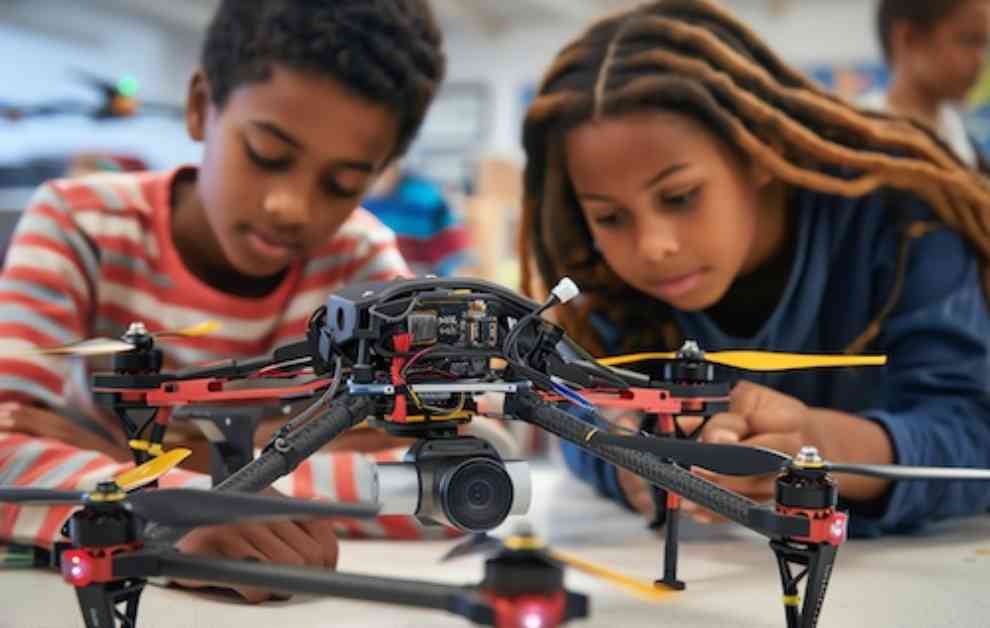The global workforce is undergoing a significant transformation with the advent of Industry 5.0, which emphasizes the collaboration between human creativity and machine precision. This shift highlights the importance of rethinking STEM education to prepare students for the future job market.
In the past, STEM education focused primarily on technical skills, but Industry 5.0 requires a more holistic approach that nurtures creativity and adaptability in students. As AI and automation continue to reshape industries, students need to develop technical competencies and innovative thinking to work alongside machines effectively.
Hands-on STEM learning, particularly with technologies like drones, is crucial for preparing students for Industry 5.0. Drones provide a tangible way for students to engage with real-world applications of STEM concepts, moving beyond theoretical learning to practical problem-solving scenarios. By incorporating drones into the classroom, students can explore fields like agriculture, logistics, and environmental monitoring, gaining valuable skills in engineering, coding, and data analysis.
The skills gap in areas such as data analysis, programming, advanced manufacturing, and cybersecurity poses a significant challenge for students entering the workforce. To bridge this gap, project-based learning centered around data analysis and experiential activities that promote teamwork and communication skills are essential.
Industry 5.0 highlights the need for a synergy between human ingenuity and machine precision. Schools can foster this synergy by integrating design thinking and entrepreneurship courses into their curriculum. Design thinking encourages students to develop innovative solutions to complex problems, while entrepreneurship courses empower them to create tech startups and pitch their ideas.
As we progress further into Industry 5.0, the demand for a workforce that can blend technical skills with creativity and collaboration will continue to grow. Educators play a crucial role in equipping students with the necessary tools and perspectives to thrive in this new era. By incorporating hands-on technology like drones and promoting innovative, project-based learning, schools can prepare students for the challenges and opportunities of Industry 5.0.
Author
Rob Harvey is a seasoned brand builder with over 20 years of experience in guiding industry leaders towards new technologies. His focus on education led him to recognize the need for enhanced STEM and computer science-based education technology. As the executive chairman and co-founder of For The Win Robotics, Rob introduced the Build | Fly | Code program and launched a groundbreaking curriculum in schools across the United States.


